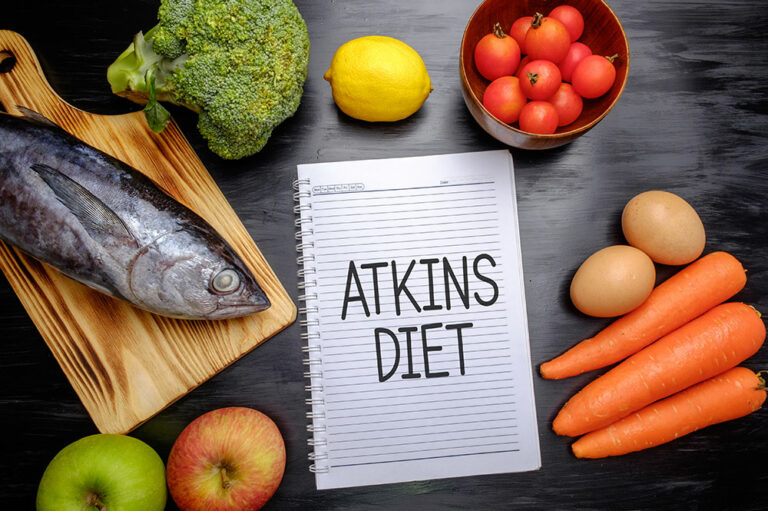
Debunking 5 common cord blood banking myths
Cord blood (that is left in the umbilical cord and placenta after birth) contains special cells that can be beneficial in treating more than 70 types of conditions, including some genetic disorders, neurologic disorders, and even some forms of cancer. This method of stem cell banking has grown leaps and bounds in technology and popularity today. However, there are many myths floating around about cord blood banking. Here are five of them debunked: Myth 1: Banked blood stem cells are only good for 18 years Most blood banks offer cord blood storage for 18–20 years. Due to this, many people believe that stem cells ‘expire’ post this point. However, if stored safely, cord blood cells can last indefinitely. Myth 2: Taking blood samples from the birth mother is unsafe for the baby When the mother arrives at the hospital for delivery, a tiny amount of blood is drawn from her (before fluids are given). This blood is sent to a laboratory to run an infectious disease panel to screen any potential risks or threats for the child. Some people believe that giving extra blood before delivery can be dangerous. However, since a very small amount is drawn, this poses no risk of an unsafe delivery for the mother or child.
Read More 











